20 Great European Custards: A Sweet Journey Through Tradition
European custards represent a delightful culinary art form that tantalizes taste buds with their silky smooth textures and rich, decadent flavors.
Creamy delicacies with roots deeply embedded in centuries-old gastronomic traditions across various regions.
Pastry chefs and home cooks alike cherish the intricate techniques required to craft these delectable treats.
Each custard tells a unique story of cultural heritage and culinary innovation, blending simple ingredients into extraordinary desserts.
Skillful preparation transforms basic components like eggs, milk, and sugar into luxurious, velvety masterpieces that dance on the palate.
Beloved desserts showcasing the remarkable versatility of classic ingredients and time-honored cooking methods.
The magic lies in the delicate balance of technique, temperature, and timing that transforms humble components into sublime culinary experiences.
Curious food enthusiasts will find 20 remarkable European custards that promise to inspire and delight:
Great European Custards with Silky Smoothness
The magic of eggs, cream, and sugar comes together in Europe’s most cherished custards. Silky, delicate, and sometimes boldly flavored, these desserts are the perfect way to finish any meal or celebration.
Creme Brulee
Crème brûlée is a luxurious French dessert featuring silky egg custard crowned with a crackling caramelized sugar surface.
Rich egg yolks, cream, sugar, and vanilla create its signature smooth base that contrasts dramatically with its brittle caramel top.
European culinary traditions trace custard recipes back to medieval times, with France, England, and Spain all claiming its origin.
Chefs prepare the delicate dessert by carefully cooking egg mixture and poaching it in water baths until perfectly set.
Ramekins serve as traditional serving vessels for this elegant treat.
Professional kitchens typically caramelize the sugar topping using either a broiler or kitchen blowtorch.
Sugar transforms into a golden-brown glassy layer when exposed to intense heat.
Diners crack through the crisp caramel shell to access the creamy custard beneath, creating a delightful textural experience.
Bavarian Cream (Bayrisch Creme)
Bavarian cream is a luxurious French dessert featuring a smooth, silky egg custard stabilized with gelatin and lightened by whipped cream.
Marie-Antoine Careme likely invented this elegant dessert during the early 18th century when French chefs frequently worked in Bavaria.
German and French culinary traditions heavily influenced its development, with origins blending between both countries.
Chilled and often adorned with fresh fruit or sweet sauces, this creamy treat offers a delicate texture and rich flavor profile.
Gelatin provides structure, ensuring the custard maintains its shape when unmolded.
Whipped cream adds airiness and smoothness to the base.
European pastry makers continue to celebrate this classic dessert.
Rich egg custards remain a hallmark of sophisticated French dessert preparation.
Crema Catalana
Crema Catalana crowns Spanish dessert traditions as a classic caramelized custard with medieval roots tracing back to 14th-century European kitchens.
Spanish families prepare this creamy treat by baking a smooth mixture of milk, eggs, and cornstarch until perfectly set.
Cinnamon, lemon, or orange zest often enhance its delicate flavor profile.
Home cooks sprinkle granulated sugar across the cooled custard's surface before caramelizing it with a kitchen torch or broiler.
Fire transforms the sugar into a crisp, amber-colored shell that cracks beautifully when tapped with a spoon.
Barcelona and Catalonia regions claim this dessert as their signature sweet, traditionally served on Saint Joseph's Day.
Leite De Creme
Leite de creme are silky Portuguese custard desserts bursting with rich egg and milk flavors.
Portuguese kitchens cherish this sweet treat as a classic comfort food with deep cultural roots.
Cinnamon and lemon peel infuse the custard with warm, aromatic notes that dance across your palate.
Sugar-coated and caramelized surfaces create a delicate crackle when you break through the golden top.
Egg yolks provide the dessert's signature creamy texture and deep golden color.
Home cooks prepare the custard by carefully heating milk, sugar, and eggs with corn starch to achieve perfect thickness.
Traditional preparation requires constant stirring to prevent lumps from forming.
Small ramekins serve as perfect vessels for serving this smooth, elegant dessert.
Creme Caramel
Crème caramel is a silky smooth French dessert featuring a luxurious custard base topped with a golden, liquid caramel sauce that transforms when inverted onto a plate.
European culinary traditions claim ownership of this elegant treat, with France, England, and Spain all arguing about its true origins.
Sugar cane introduced by Arabs helped Spanish cooks develop similar sweet custard techniques during medieval times.
French versions distinguish themselves by using exclusively whole milk or cream for an exceptionally rich texture.
Historical recipe exchanges between Mediterranean cultures likely contributed to its widespread popularity.
Caramelized sugar creates a dramatic golden topping that contrasts beautifully with the pale, creamy custard underneath.
Simple ingredients like eggs, milk, and sugar combine to create this internationally beloved dessert.
Restaurant diners and home cooks continue to enjoy this classic sweet course as a refined ending to meals.
Natillas
Natillas are creamy Spanish custard desserts blending milk, egg yolks, sugar, and vanilla into a smooth pudding-like treat originating from monastic kitchens across Europe.
Spanish nuns perfected this sweet recipe centuries ago, creating a delicate dessert that quickly spread throughout different regions.
Religious communities carefully developed the classic vanilla version, though chocolate and turron variations also emerged over time.
Traditional preparation involves gently cooking milk with egg yolks and carefully controlling temperature to achieve perfect consistency.
Simple ingredients like flour and salt help stabilize the custard's texture and enhance its rich flavor profile.
Cinnamon sprinkled on top adds a warm, aromatic finish that complements the dessert's silky smoothness.
Home cooks and restaurants continue serving natillas as a comforting sweet course during meals and celebrations.
Spain remains the primary country where this classic dessert maintains its strongest cultural connection and culinary significance.
Zabaione
Zabaione is a silky Italian custard cream with a rich history rooted in Piedmont's culinary traditions.
First documented in a 1662 cookbook by Bartolomeo Stefani, this luxurious dessert traces its origins to Turin in the 16th century.
Legend credits its creation to Franciscan monk Pascual Baylon Yubero, patron saint of pastry makers.
Modern Piedmontese still call it sanbajon, honoring its historical roots.
Made from egg yolks, sugar, and sweet wine like Marsala, zabaione offers a smooth, light texture that melts in your mouth.
Its simple ingredients belie its complex flavor profile, making it a beloved dessert across Italy.
Traditionally served warm and sometimes paired with fresh fruits or cookies, zabaione remains a cherished sweet treat that showcases Italian culinary elegance.
Budino
Budino are traditional Italian puddings blending rich custard textures with distinctive preparation methods across sweet and savory variations.
Originating from classic European dessert techniques, these creamy dishes feature smooth egg, milk, and sugar foundations that transform into silky, elegant presentations.
Italian kitchens craft budino through multiple cooking approaches, including bain-marie methods and direct heat techniques.
Creamy varieties range from caramel-infused versions to lighter rice or ricotta-based recipes.
Three primary styles emerge: classic creme caramel, creme anglaise with hot milk, and savory flan-like interpretations.
Each budino style requires precise temperature control and ingredient balance to achieve its signature consistency.
Regional Italian traditions contribute unique flavor nuances to these versatile desserts.
Mediterranean culinary techniques ensure budino remain a beloved sweet treat with complex textural dimensions.
Tigeladas
Tigeladas are Portuguese custard desserts with a golden-brown caramelized surface and silky smooth interior, traditionally baked in clay dishes across Portugal.
Portuguese nuns likely created this sweet treat in convent kitchens during the medieval period, using simple ingredients like milk, eggs, sugar, and lemon zest.
Egg yolks provide rich density to the custard, while cinnamon adds warm spice to its delicate flavor profile.
Bakers carefully pour the mixture into earthenware clay dishes, ensuring even cooking and distinctive presentation.
Gentle baking transforms the ingredients into a caramelized masterpiece with a slightly burnt top and creamy center.
Monasteries in Alcaravela are often credited as the birthplace of tigeladas.
Served cool and garnished simply, these custards represent a classic Portuguese sweet with deep historical roots.
Vla
Vla reigns supreme as a silky Dutch custard beloved for its creamy consistency and intense flavor profile.
Netherlands residents enjoy this smooth dessert in multiple variations like caramel, chocolate, vanilla, and raspberry.
Commercial production ensures easy availability in supermarket cartons throughout the country.
Homemade versions often include milk, sugar, and thickening agents for perfect texture.
Dutch celebrations like Queen's Day frequently feature orange-themed vla matching national flag colors.
Families appreciate its versatility as both a dessert and quick snack.
Simple ingredients create its signature rich taste.
Traditional recipes pass through generations, maintaining its cultural significance.
Rozata
Rozata stands out as a creamy Croatian pudding with elegant simplicity, featuring a silky custard infused with distinctive rose liqueur called Rozalin.
Originating from Dubrovnik, this dessert blends eggs, milk, and sugar into a smooth, delicate mixture that transforms when baked in caramel-lined ramekins.
Rose liqueur gives the pudding its signature floral essence and depth of flavor.
Caramel coats the bottom of each ramekin, creating a rich golden layer that emerges beautifully when inverted.
Croatians traditionally serve rozata as a special occasion dessert, often during celebrations and family gatherings.
Professional pastry makers take great care in achieving the perfect wobble and glossy caramel surface.
Qumeshtor
Qumeshtor is a creamy Albanian custard baked with a silky texture and rich heritage among Orthodox communities in southeastern Albania before Lent.
Religious traditions inspire this simple dessert crafted from basic ingredients like eggs, milk, flour, butter, and sugar.
Family gatherings often feature this sweet treat during pre-Lenten celebrations.
Albanian kitchens prepare qumeshtor by whisking eggs with sugar until smooth and light.
Melted butter blends into the mixture, creating a tender custard base.
Flour helps thicken the dessert, giving it a delicate consistency.
Home cooks bake the custard until golden and slightly firm.
Orthodox families traditionally enjoy qumeshtor as a comforting prelude to religious fasting periods.
Doces De Ovos
Doces de ovos are luxurious Portuguese egg custards crafted with golden egg yolks and sweet sugar syrup, carefully prepared through a delicate cooking process that requires precise temperature control to prevent curdling.
Portuguese pastry makers create this silky cream by slowly heating egg yolks in a water bath, ensuring a smooth, rich consistency perfect for cake fillings and dessert toppings.
Originating in Portugal's traditional culinary landscape, these custards showcase the country's masterful approach to transforming simple ingredients into elegant treats.
Bain-marie cooking prevents egg proteins from breaking down, maintaining a velvety texture that melts in you mouth.
Sugar syrup provides natural sweetness and helps stabilize the custard's structure.
Home bakers and professional kitchens alike treasure this technique for creating restaurant-quality dessert components.
Karamelrand
Karamelrand is a traditional Danish custard dessert originating from 18th-century Danish cookbooks, featuring a smooth, silky texture and rich caramel flavor.
Danish bakers perfected this elegant treat by carefully caramelizing sugar to create a golden base that coats a creamy vanilla custard.
Home cooks prepare the dessert by slowly baking a mixture of eggs, milk, sugar, and vanilla in a water bath until it sets with a delicate, wobbly consistency.
Generations of Danish families have enjoyed karamelrand as a classic sweet course served during special gatherings and holiday meals.
Each serving presents a beautiful contrast between the dark amber caramel topping and pale, tender custard underneath.
Home bakers typically invert the dessert onto a plate, revealing its signature glossy caramel layer.
Biscuit Tortoni
Biscuit tortoni is a classic Italian-French frozen dessert blending creamy custard ice cream with crushed amaretti cookies, creating a rich and elegant treat that originated in Paris during the 18th century.
Giuseppe Tortoni, an Italian immigrant, popularized this unique dessert in his famous café, which became a cultural hub frequented by renowned artists and writers.
Almonds and cherries garnish the smooth, cold confection, adding texture and visual appeal to its delicate surface.
Named after its creator, the dessert reflects a culinary fusion between Italian and French gastronomic traditions.
Celebrities like Manet and Balzac enjoyed this innovative sweet at Tortoni's café, helping spread its popularity.
Amaretti cookies provide a distinctive almond flavor that distinguishes biscuit tortoni from other frozen desserts.
Chopped almonds on top introduce a satisfying crunch to the creamy base.
Tartra
Tartra is a luxurious Piedmontese baked custard merging rich cream, savory herbs, and melted cheese into a silky Italian delicacy.
Regional cooks carefully sauté onions in butter before whisking them with eggs, cream, and aromatic seasonings like sage and rosemary.
Nutmeg adds warmth to this sophisticated dish, which balances creamy texture with herbal complexity.
Grated cheese provides depth and saltiness to the custard base.
Milk and heavy cream create a smooth foundation for the mixture.
Eggs help bind all ingredients together into a golden-topped treat.
Baking transforms the ingredients into a tender, fragrant side dish.
Each serving offers a glimpse into traditional northern Italian cuisine.
Arsuma
Arsuma represents a rustic Italian custard originating from Biella, Piedmont, traditionally savored by workers as a morning meal.
Workers whisked whole eggs with sugar, creating a rich base using either dry white wine or milk.
Farmers and laborers appreciated this simple yet nourishing dessert for its quick preparation and energizing qualities.
Sweet and smooth, the custard provided essential calories for demanding physical work.
Italian culinary traditions valued these unpretentious recipes that transformed basic ingredients into satisfying dishes.
Wine or milk added depth and complexity to the basic egg mixture.
Regional preferences determined slight variations in preparation methods.
Piedmont's rural communities embraced this humble yet delicious breakfast treat as a staple of their daily diet.
Lattacciolo
Lattacciolo represents a creamy Abruzzo dessert blending milk, eggs, and citrus zest into a silky custard-like treat.
Regional kitchens in central Italy craft this sweet specialty by whisking eggs and sugar together until smooth and pale.
Boiling milk gets carefully combined with the egg mixture, creating a delicate texture that melts in you mouth.
Grated lemon or orange peel adds bright, fresh notes to the dessert's rich base.
Traditional preparation methods transform simple ingredients into an elegant finale for special meals.
Home cooks often serve lattacciolo chilled, enhancing its smooth consistency and subtle citrus undertones.
Sweet and light, this dessert connects generations through its simple yet sophisticated flavor profile.
Abruzzo's culinary heritage shines through this humble yet impressive pudding-like creation.
Mato De Pedralbes
Mato de Pedralbes is a creamy Catalan dessert from Barcelona featuring sweetened milk and a rich monastic heritage that dates back to the 19th century.
Nuns at Pedralbes Monastery first crafted this delicate treat using fresh milk and minimal ingredients.
Religious sisters carefully prepared the dessert with simple techniques passed through generations.
Soft cheese curds form the base of this smooth, light confection.
Barcelona locals cherish this sweet specialty as a traditional regional delicacy.
Mediterranean dairy traditions strongly influence its preparation method.
Gentle cooking techniques ensure its signature silky texture.
Simple ingredients like milk, sugar, and minimal processing make this dessert a pure culinary expression of Catalan culture.
Budino Margot
Budino Margot blends luxurious Italian dessert traditions with a silky custard that highlights rich egg yolks and fresh cream, resting on a crumbly base of crushed amaretti cookies and chocolate.
Baked in a water bath (bagna maria), this elegant dessert transforms simple ingredients into a sophisticated sweet experience.
Chefs carefully layer amaretti cookie crumbs with melted chocolate to create a crisp foundation for the creamy custard.
Vanilla, rum, amaretto liquor, or lemon zest frequently enhance the dessert's complex flavor profile.
Traditional preparation involves mixing egg yolks with cream and sugar until perfectly smooth.
Home bakers often serve this dessert chilled, allowing its texture to set and intensify.
Originating in northern Italy, Budino Margot represents a classic example of regional culinary craftsmanship.
What Spices and Flavors Are Common in European Custards?
European custards are known for their rich, creamy texture complemented by subtle and aromatic spices and flavors that vary by region and recipe:
These flavors and spices work harmoniously to elevate custards, making them aromatic, comforting, and indulgent.
Is Custard Always Served Cold in European Cuisine?
Custard in European cuisine is versatile and enjoyed both hot and cold, depending on the dish and tradition:

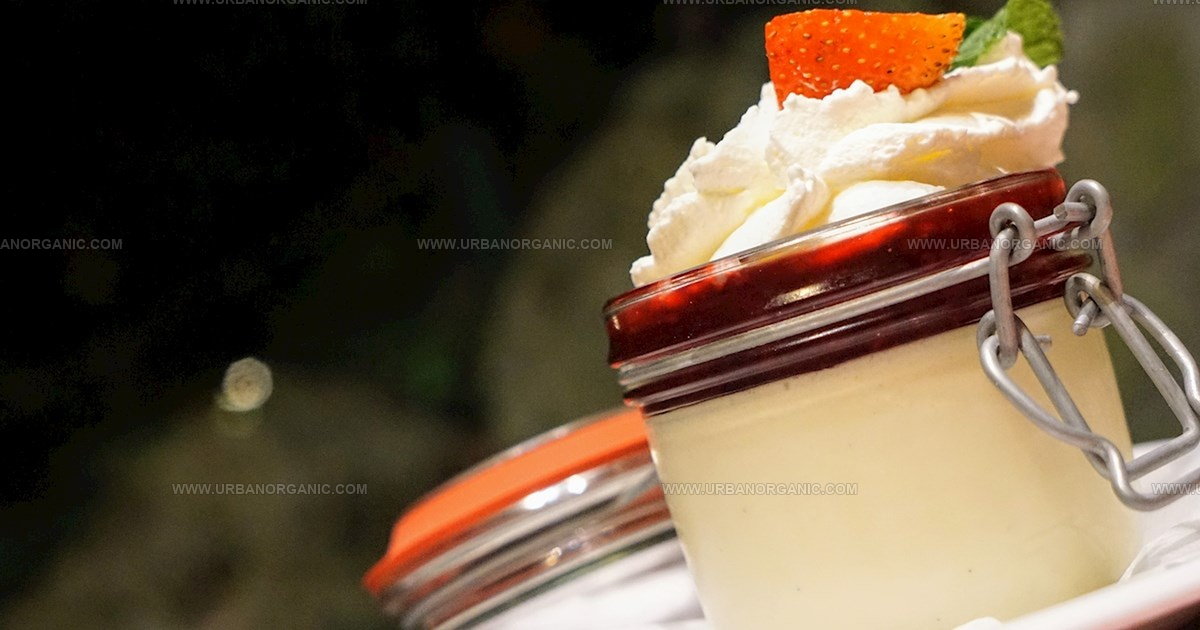
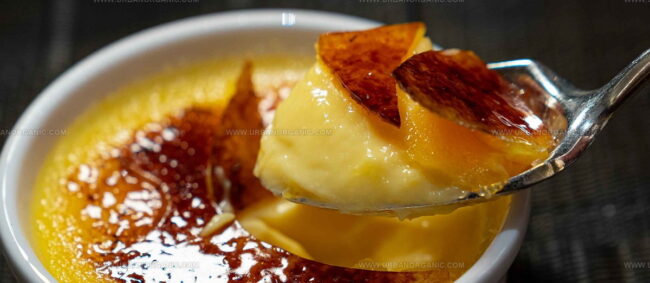

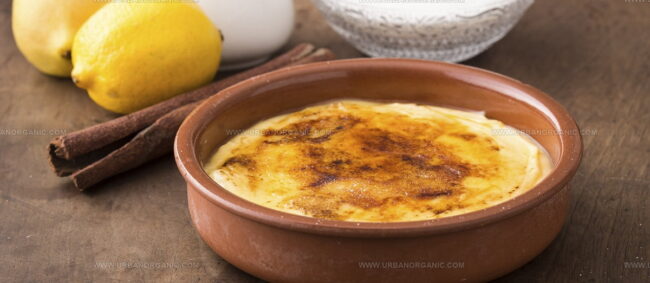
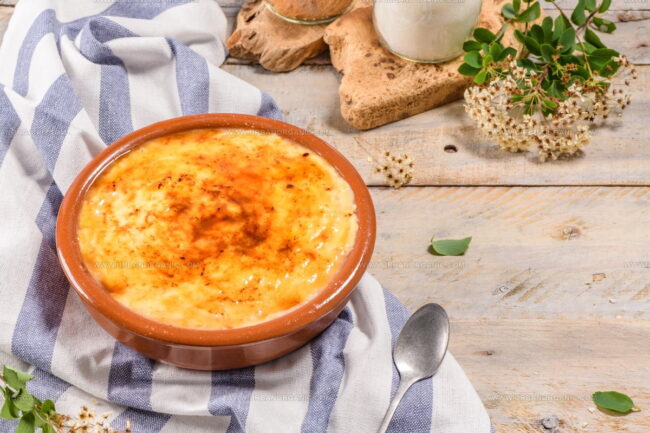
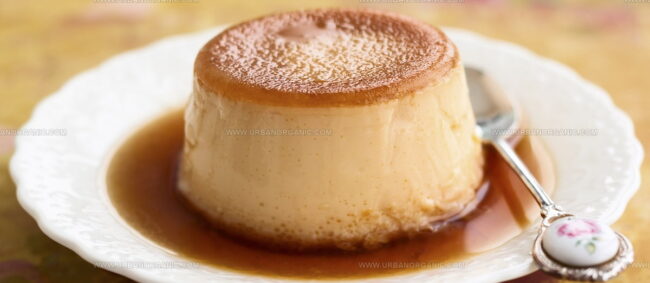
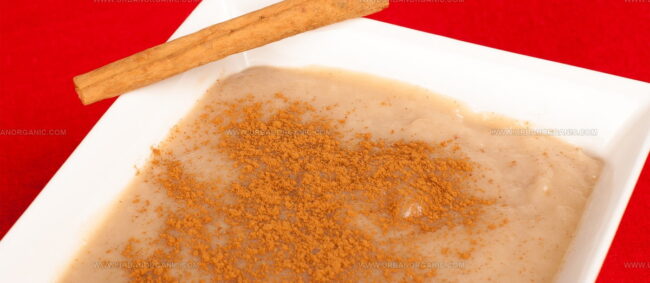

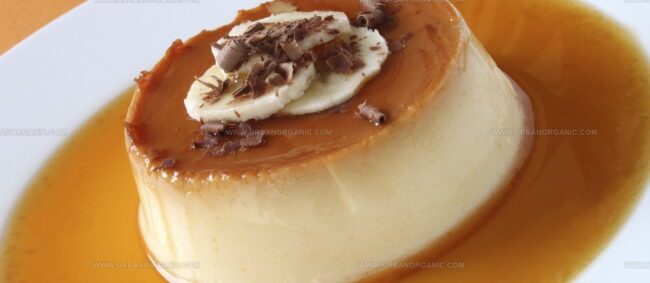
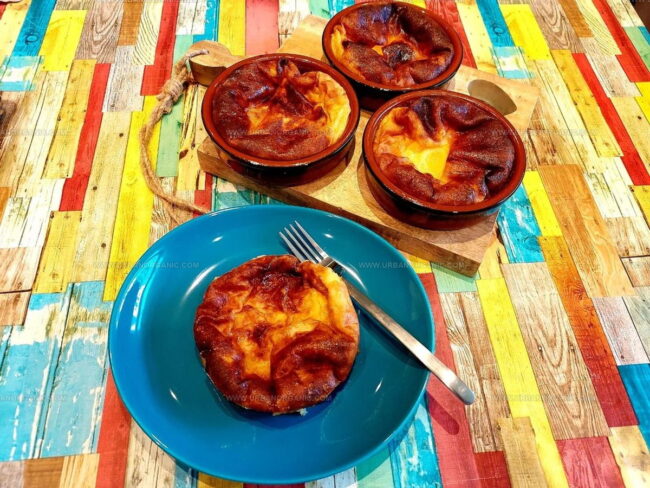

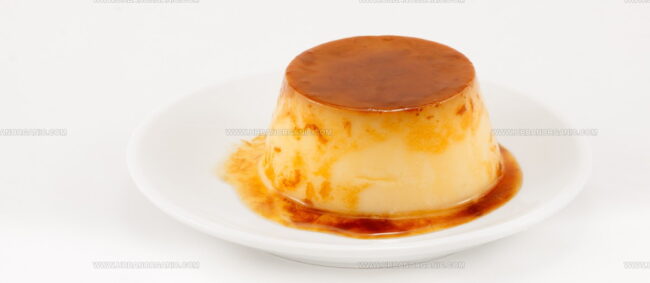
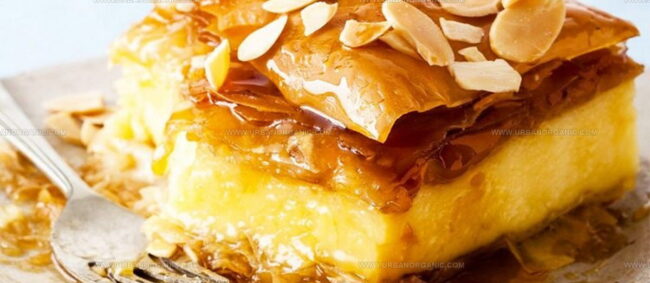

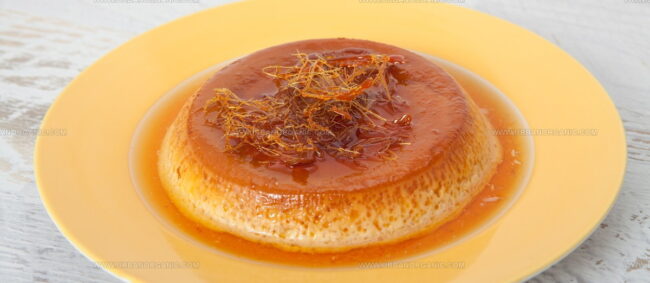
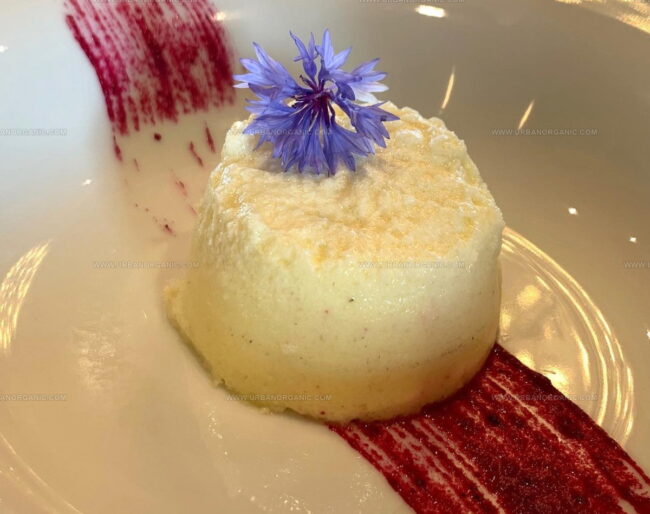
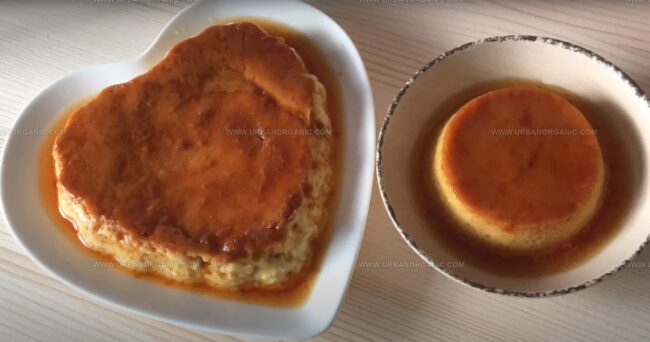
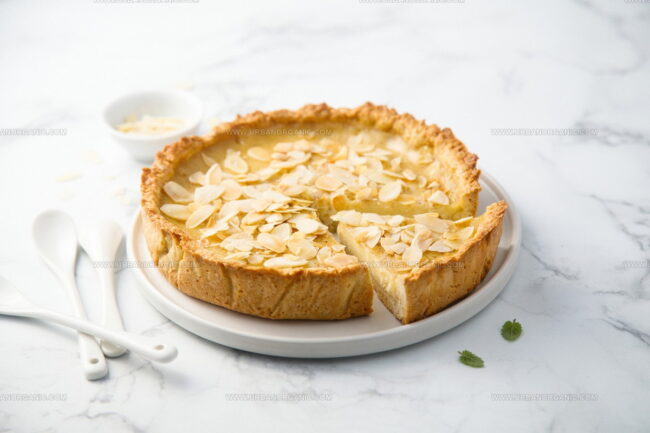
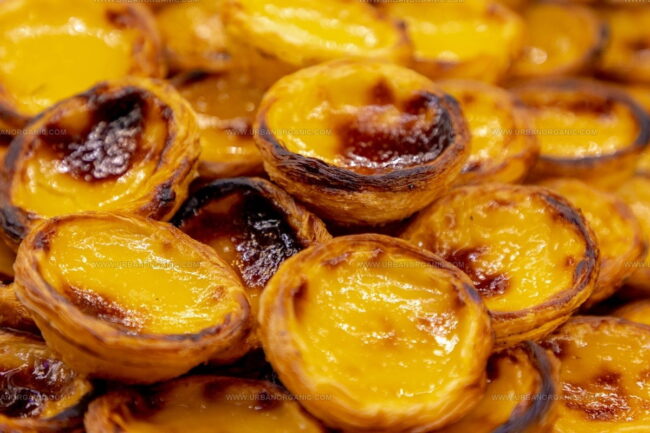
Jessica Martinez
Pastry Chef & Recipe Developer
Expertise
Organic Baking Techniques, Gluten-Free Recipe Development, Southwestern Dessert Specialties, Food Styling and Photography
Education
Santa Fe Community College (SFCC)
Jessica brings the sweet side to Urban Organic with her passion for baking and love for the Southwest. She trained at Santa Fe Community College and has built a career creating beautiful, gluten-free, and organic desserts that feel both nostalgic and new.
She believes baking should be fun, creative, and open to everyone, no matter your diet or skill level. Jessica’s recipes are simple enough to follow, but special enough to remember.